The 10 Biggest Apple News Stories Of 2021 (So Far)
From Apple’s product updates and business momentum to the increase in antitrust and regulatory pressure, here are the top Apple news stories we’ve been tracking so far this year.
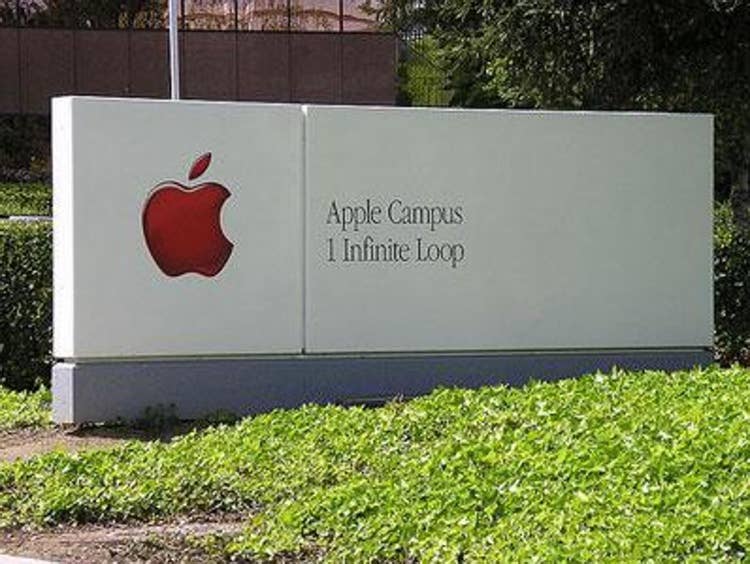
Apple’s Year So Far
While there’s rarely a shortage of Apple news, the company’s rapid pace of product launches and strong business growth has made the year so far an eventful period even for seasoned Apple watchers. While no new iPhone models have hit the market up to this point in 2021, Apple has had plenty of product news to offer including with the debut of its high-performance M1 processor in the iMac and iPad Pro for the first time. Meanwhile, new versions of iOS, iPadOS and macOS were unveiled at WWDC 2021.
The Cupertino, Calif.-based company has also reported major growth across all of its product categories during the first two quarters of the year, including with the Mac business setting a new revenue record.
Of course, 2021 so far hasn’t been entirely positive for Apple, which has faced increasing regulatory and antitrust pressure, as well as component shortages and a reported iPhone security breach.
What follows is our roundup of the 10 biggest Apple news stories of 2021 so far.
For more of the biggest startups, products and news stories of 2021 so far, click here.

10. Apple Shows New Versions of iPadOS and macOS
In June, Apple used its keynote address at the virtual Worldwide Developers Conference (WWDC) 2021 to unveil new features in the next iPad and Mac operating systems, iPadOS 15 and macOS Monterey.
To assist with productivity, iPadOS 15 will introduce a multitasking menu that will appear at the top of an app, which can be tapped to convert the screen into Split View or Slide Over. Meanwhile, a new area on the iPad screen, called the shelf, will let users more easily multitask using apps that have multiple windows, such as Safari.
Another new iPadOS 15 feature is Quick Note, which lets users create a note in other apps besides Notes. For instance, users can paste a link into a Quick Note while using Safari, without leaving the browser. Those notes will still be stored in the Notes app, Apple said.
For macOS Monterey, Apple announced new features such as Universal Control, which lets users work across Mac and iPad using a single mouse and keyboard. Key capabilities include the ability to drag and drop content between Mac and iPad devices, Apple said. The company is also introducing AirPlay to the Mac, allowing users to play or present content from their iPhone or iPad on their Mac display.
For the Safari browser, Apple is launching a new tab design that aims to increase the amount of the page that users can see while scrolling. The design includes a new tab bar that combines tabs with the tool bar and search field. In addition, Safari will introduce Tab Groups, which lets users save tabs into customized groups.

9. iPhones Breached By Pegasus Spyware
Among the devices hacked using the NSO Group’s Pegasus spyware are the latest iPhone model, the iPhone 12, running the most recent software update, according to reports.
Israel-based NSO Group has breached Apple devices including the iPhone 12 and iPhone 11, and “thousands of iPhones have potentially been compromised,” human rights group Amnesty International said in its disclosure about the NSO Group’s Pegasus spyware hack. The smartphones belonged to journalists, activists, executives and individuals close to Jamal Khashoggi, the Saudi journalist who was murdered in 2018, according to the Post. The NSO Group has reportedly licensed the Pegasus spyware—which purports to be for tracking terrorists and criminal suspects—to numerous governments.
Apple iPhones running the latest software update, iOS 14.6, are reportedly among the devices that were compromised by the Pegasus spyware’s “zero click” iMessage exploit.
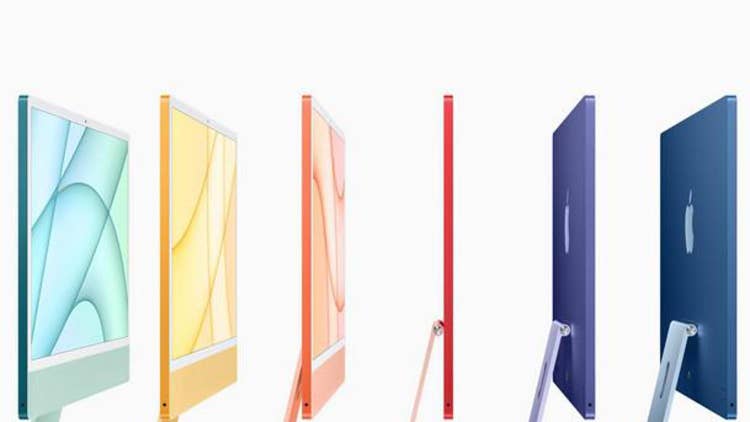
8. Big Gains In U.S. PC Market
So far in 2021, Apple has been making significant gains in U.S. PC market share with its Mac lineup, according to research firm Gartner.
During the first quarter of the year, Apple captured a 15.1-percent share of the PC market in the U.S., Gartner reported. That was up from 12.2 percent during the same period a year earlier—and not far behind Lenovo, which came in at 15.7 percent during Q1.
Then during the second quarter, Apple jumped into the No. 3 spot for U.S. PC market share—dropping Lenovo to No. 4 in the market, according to Gartner. Apple captured a 16.1-percent share of the market during the second quarter—up from 14.8 percent the year before—which allowed the company to easily surpass Lenovo’s 13.8-percent market share.
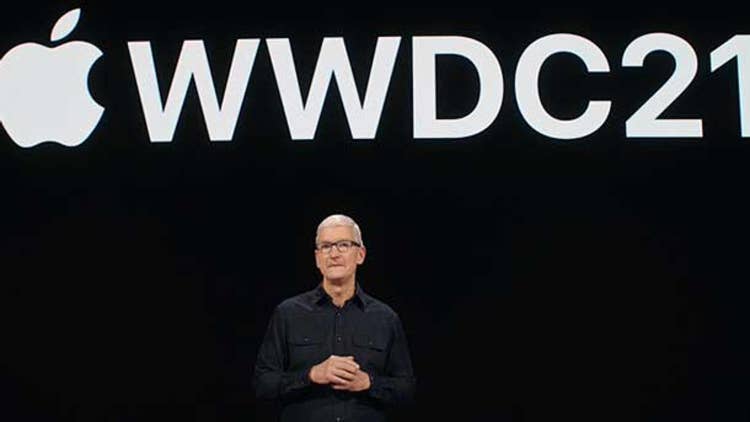
7. Component Shortages Hit Apple
Apple has reported that its growth has been somewhat constrained by the global shortage of processors and other components. For its fiscal third quarter ended June 26, Apple had previously been anticipating an impact of between $3 billion and $4 billion from supply constraints. However, the impact came in slightly below the bottom end of the range, CFO Luca Maestri said during the company’s quarterly call with analysts in July.
However, supply issues are expected to worsen during the company’s fiscal fourth quarter, he said—with the constraints expected to “primarily” affect the iPhone and iPad. “We expect supply constraints during the September quarter to be greater,” Maestri said.
For the September quarter, “we expect very strong double-digit, year-over-year revenue growth … [But] we expect revenue growth to be lower than our June quarter year-over-year growth of 36 percent,” Maestri said.
Apple CEO Tim Cook (pictured) said that “legacy” processor components are “where the supply constraints have been on silicon.” By contrast, the “latest” processor technologies used in some Apple products “have not been as much of an issue,” Cook said.
In other impacts, a shortfall in availability for mini-LED components has reportedly delayed Apple’s production of new MacBook Pro models thus far this year.

6. Apple Announces iOS 15
At WWDC 2021, Apple showed off a range of new features coming in the next version of the iPhone operating system, iOS 15.
Apple said that the iOS 15 updates will include a number of enhancements around communications—including spatial audio and noise reduction for the FaceTime video calling app and a new Messages feature called “Shared with You,” which aims to make it easier for users to find content that has been shared with them in Messages.
Meanwhile, iOS 15 will also introduce new capabilities meant to boost user privacy and help iPhone users to reduce distractions. New AI features will also enable copying text from photos and searching for photos based on the text they contain, Apple said.
The iOS 15 updates will arrive in the fall, the company said.
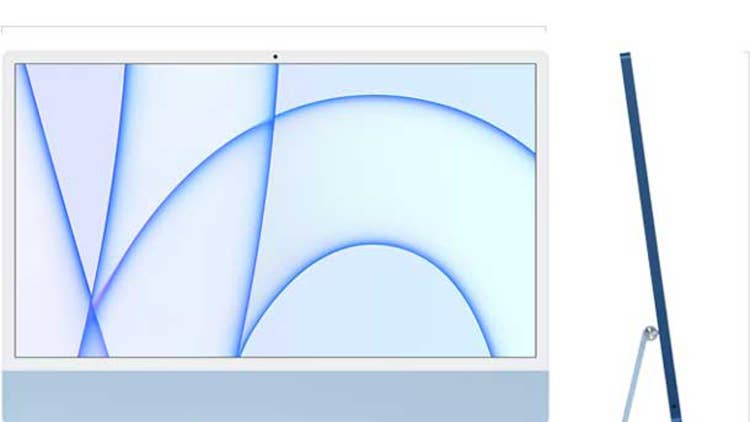
5. Redesigned iMac Unveiled
In April, Apple announced that its all-in-one desktop, the iMac, has gotten a major redesign built around the Apple-designed M1 processor. The announcement saw the M1 come to the iMac for the first time, following the introduction of the chip last November.
Apple’s redesign for the iMac includes the use of a 24-inch display, versus the previous iMac display sizes of 21.5 inches and 27 inches. The new iMac features resolution of 4.5K (4,480 x 2,520) on its Retina display, up to 500 nits of brightness and an anti-reflective coating. One of the other big design upgrades for the new iMac is the inclusion of a thinner display, which is now less than a half inch thick. The new iMac is also being offered in seven colors--Blue, Green, Pink, Silver, Yellow, Orange and Purple.
For the new iMac, Apple’s in-house, Arm-based M1 processor takes the place of the Intel Core processors used in previous iMac models. The M1 features an eight-core CPU and options for either a seven-core or eight-core GPU. Apple has touted CPU performance gains of up to 85 percent for the M1-powered iMac, compared to the previous 21.5-inch, Intel-powered iMac.
Apple also emphasized a number of collaboration-focused upgrades on the new iMac. The company said that the new webcam, mics and speaker system are each the “best ever” on a Mac so far.
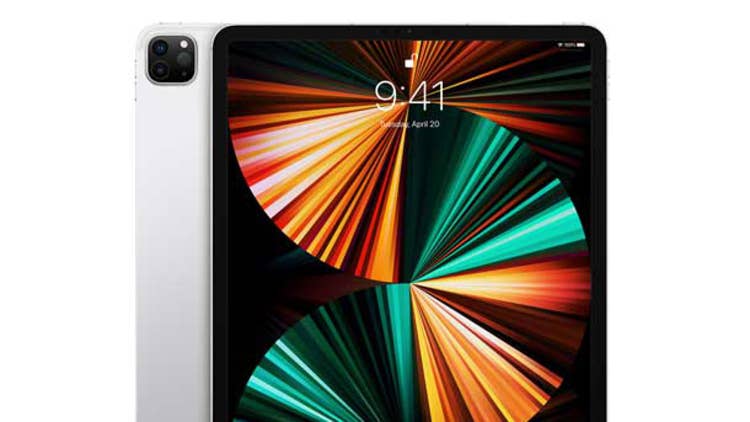
4. M1 Expands Beyond The Mac With New iPad Pro Launch
In April, Apple watchers received a big surprise with the announcement that the M1—the company’s high-performance, in-house processor—was coming to the new iPad Pro for 2021. Apple had been busy outfitting many of its Macs with its speedy M1 chip, but now, the iPad Pro has become the first device outside the Mac lineup to feature the M1. That means that Apple is not content to have the M1 only compete with Windows PCs—the company is coming for Microsoft’s Surface Pro line of 2-in-1 tablets, as well.
The latest iPad Pro comes in 11-inch and 12.9-inch display sizes, with high brightness and sharp resolution of 264 pixels per inch. In addition to the speed enhancement from the inclusion of the M1, the new iPad Pro models offer up to 10 hours of battery life and can come equipped with 5G support for the first time.

3. Regulatory and Antitrust Pressure Increases
Even as its hardware business accelerates, Apple has been facing increased pressure over its services business. The company’s App Store—which charges up to a 30-percent commission on app transactions—is facing scrutiny from the U.S. Department of Justice and other regulators, as well as lawsuits and legislation seeking to force changes such as lower fees. For instance, the lawsuit against Apple by Fortnite maker Epic Games went to trial in May, and included testimony from Cook (a verdict is expected later this year). Meanwhile, an antitrust claim brought by music app maker Spotify led the European Commission to issue preliminary findings in April that Apple has “distorted competition in the music streaming market as it abused its dominant position for the distribution of music streaming apps through its App Store.” In the U.S., the Senate held an antitrust hearing in April that included questioning of an Apple representative over its software practices and App Store policies. And in July, President Joe Biden issued an executive order with a number of potential regulatory and antitrust implications for Apple—including the possibility of regulatory scrutiny over future acquisitions and a potential challenge to Apple’s policies of inhibiting independent device repairs.
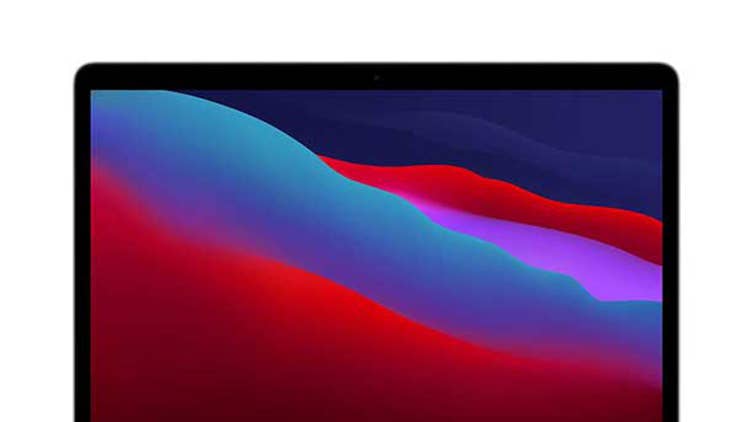
2. Mac On A Roll Thanks To M1
Apple’s Mac business has been on fire during the first half of the year. The growth follows Apple’s introduction of its high-performance, Arm-based M1 processor to several Mac models since last November. In the Mac portfolio, the M1 now powers versions of the MacBook Pro, MacBook Air, Mac Mini and iMac.
Mac revenue surged 70 percent year-over-year during Apple’s fiscal second quarter, ended March 27—reaching an all-time quarterly record of $9.1 billion. The record-setting sales performance for the Mac was “fueled by the M1,” Cook said in April during the company’s quarterly call with analysts.
The Mac business then grew 16 percent during the company’s fiscal Q3, ended June 26, to $8.24 billion. Apple saw a “great response” to the new iMac during the quarter, Cook said in July. Overall, “the response to the M1 has been unbelievable,” he said.
The capabilities of the M1-powered Macs around performance, battery life and ability to run iOS apps—in addition to the attractive pricing of the M1 Macs—has been turning heads among business customers, said Tony Glinski, director of Apple business at Peachtree Corners, Ga.-based solution provider Stratix. “You always have the employees that are going to be interested in the Mac, but that has absolutely broadened with the M1,” Glinski said.
That includes new demand for Macs from businesses that traditionally have relied mainly on PCs, he said.
“PCs have classically been thought of as the workhorses—‘they’re cheap and they get the job done,’” Glinski said. “But now, with the capabilities of the M1 combined with the really competitive price—you’d be crazy not to look at it.”
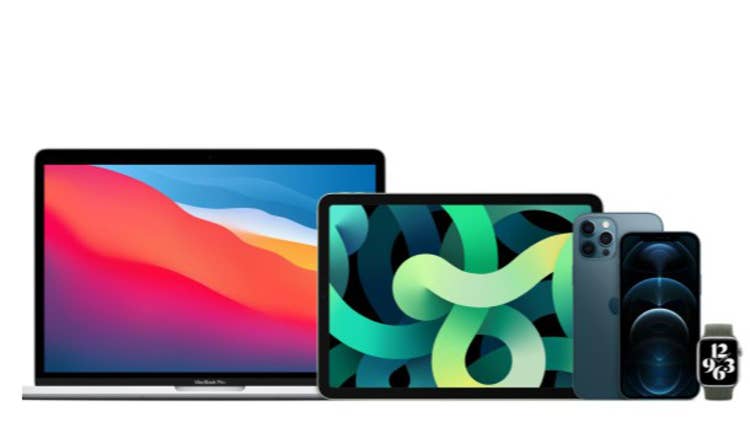
1. Major Growth In All Product Categories
Apple’s strong performance in 2021 so far has not just been about the Mac, though. The company has actually been enjoying a growth streak across all of its product categories. Apple reported double-digit growth across each of its segments during both its second and third fiscal quarters of 2021. The growth produced a 54-percent spike in overall revenue year-over-year during Apple’s fiscal Q2, ended March 27, and a 36-percent revenue increase during its fiscal third quarter, ended June 26.
Along with the major growth for the Mac business over the past two quarters, Apple’s iPhone business grew 65 percent and 50 percent, respectively, while the iPad business grew 79 percent and 12 percent. Apple’s services and wearables segments have also enjoyed a sharp uptick in revenue in both quarters of 2021.
The major growth across Apple’s product categories is a reversal from the situation the company had been in prior to the start of the pandemic—and the resulting surge in demand for devices that could support working and learning from home. It wasn’t long ago that the iPhone business was routinely flat or down in terms of the quarterly revenue results for Apple, with revenue growth often hard to come by for the iPad and Mac businesses as well.
Now, Apple’s growth—as seen in its latest quarterly results—has become almost “too good,” analyst Toni Sacconaghi of Bernstein Research wrote in a note to investors in July. For the third quarter in a row, Apple’s results “blew out consensus expectations,” Sacconaghi wrote.
“Ironically, Apple’s growth in FY Q3 may have been too strong,” he wrote. “The company will be staring down very difficult comps in essentially every business in FY 22.”